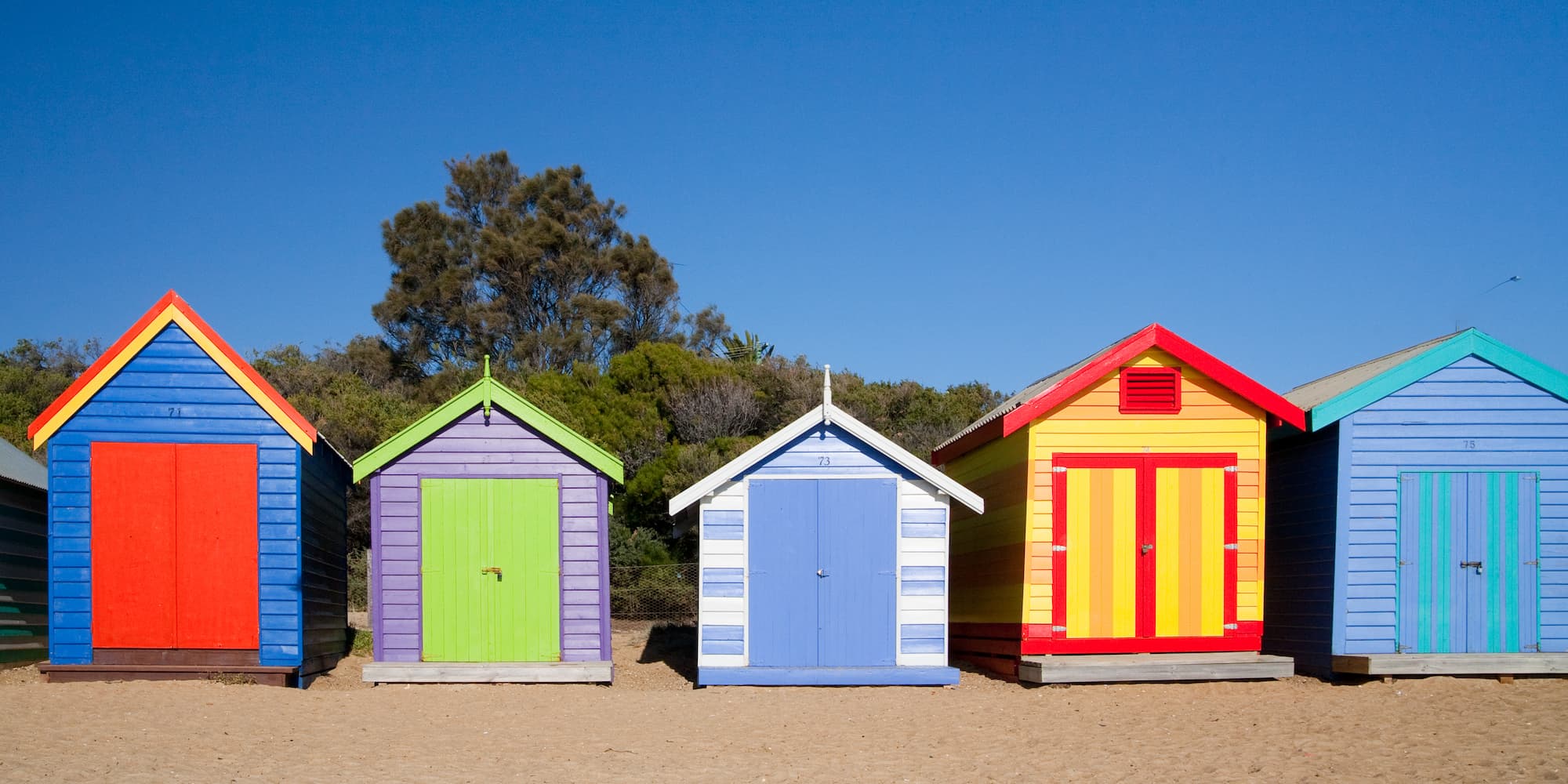
The low down

Highlights
INSERT TILES
Need to know
Weather
Despite its small size, Victoria has a varied climate. Melbourne is known as being the city of ‘four seasons in one day’, and many locals with always carry both a hat and a rain jacket, just in case. In the summer months, the average maximum temperature is 25 in the city, and 32 degrees in the northern regions. In the winter, the city’s average maximum is 15 degrees and lows often drop into the negatives. The north experiences highs of 17 in winter. Rainfall across the state increases from south to the northeast and is more frequent in winter. When travelling to Victoria, it is best to be prepared and not rely too heavily on ideal weather for your perfect holiday.
Time Zone
Victoria operates on Australian Eastern Daylight Time (AEDT) and observes daylight savings.
Transport
Public transport in Victoria is operated through one centralised network, which includes trains, buses and the iconic Melbourne trams. Travel on trams within the Central Business District is free. Other trips begin at $3 for two hours of travel, and depend on time of day and areas of the city visited.
Regional train and coach travel can take travellers to most major towns, and ticket prices depend on your destination. Interstate travel to New South Wales, South Australia and the Australian Capital Territory is possible via train and coach. The Spirit of Tasmania ferry carries travellers to Tasmania across Bass Strait.
Driving is a good way to see most of Victoria, especially the famous Great Ocean Road. The state is also popular with cyclists.

